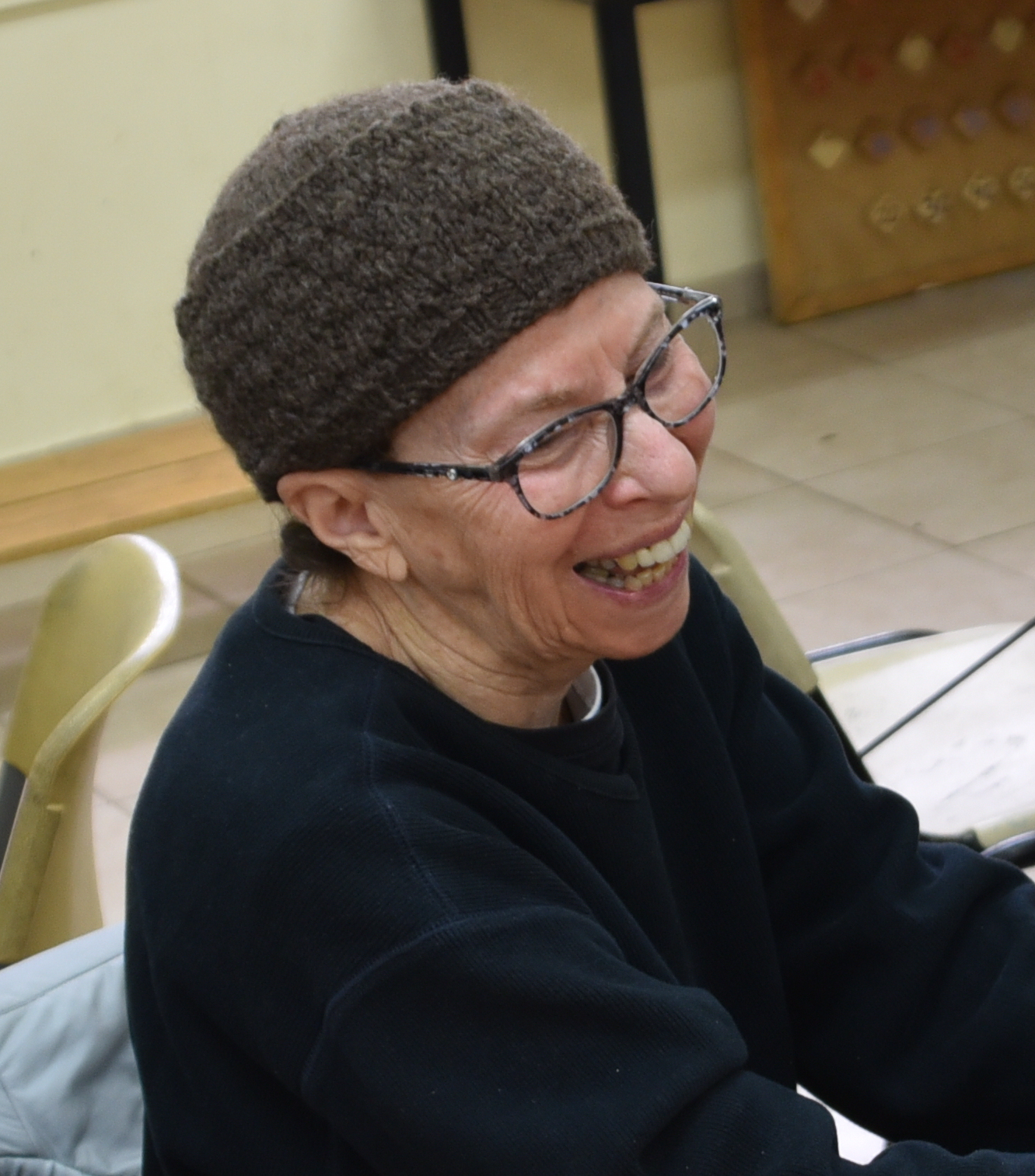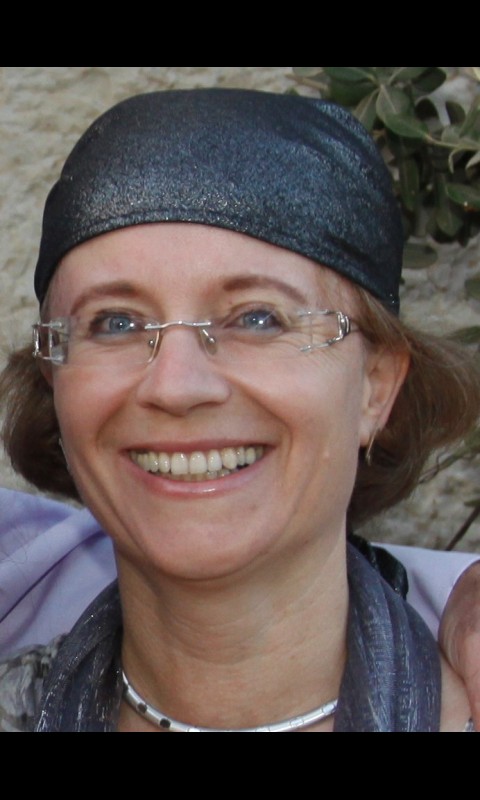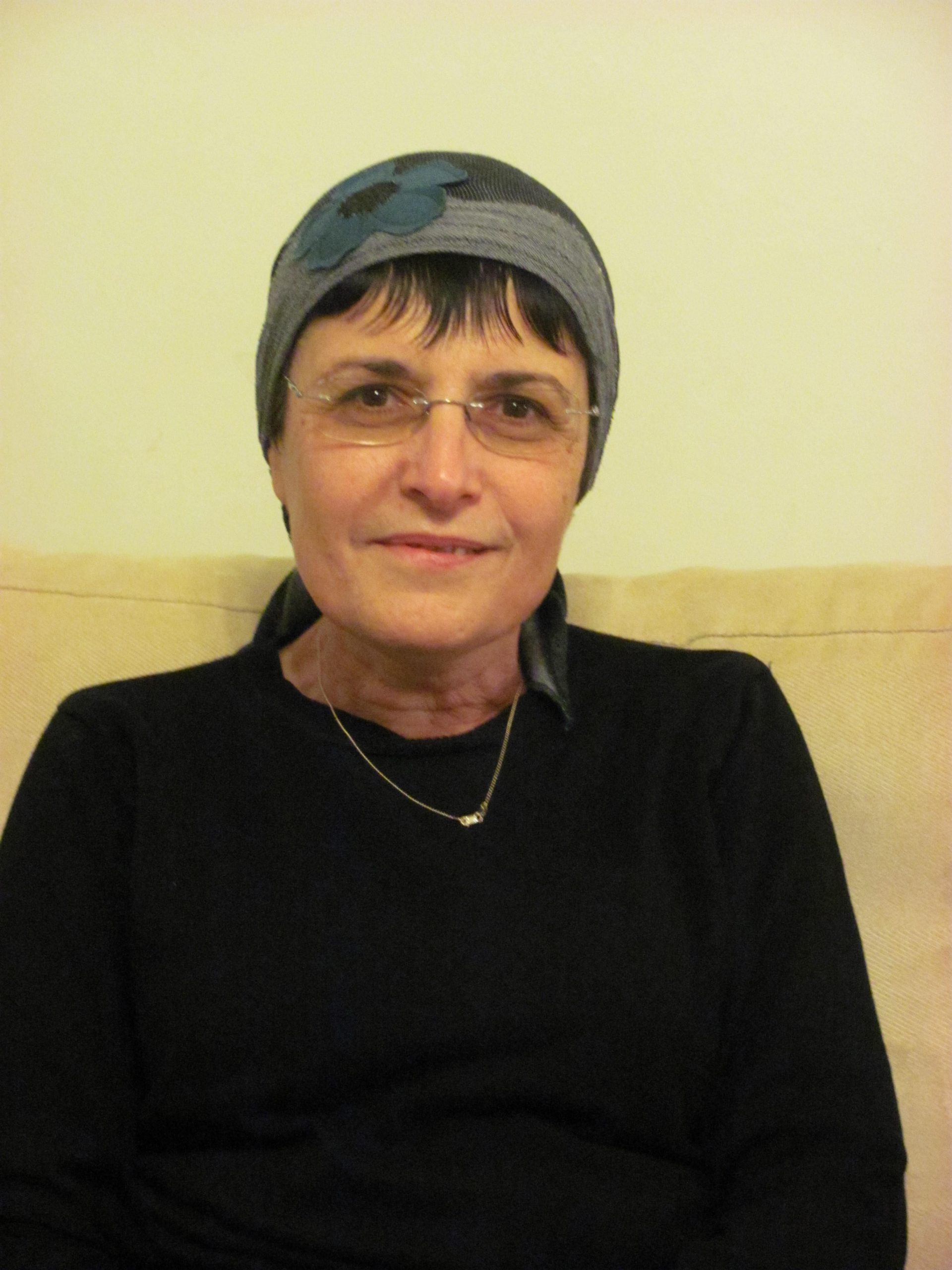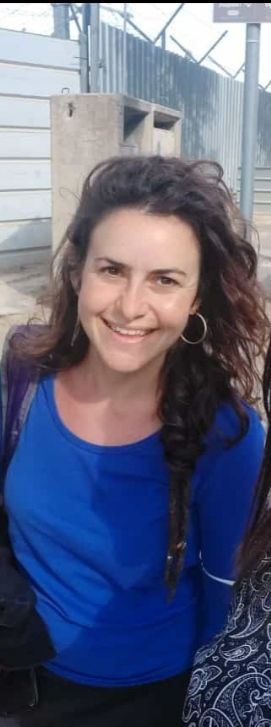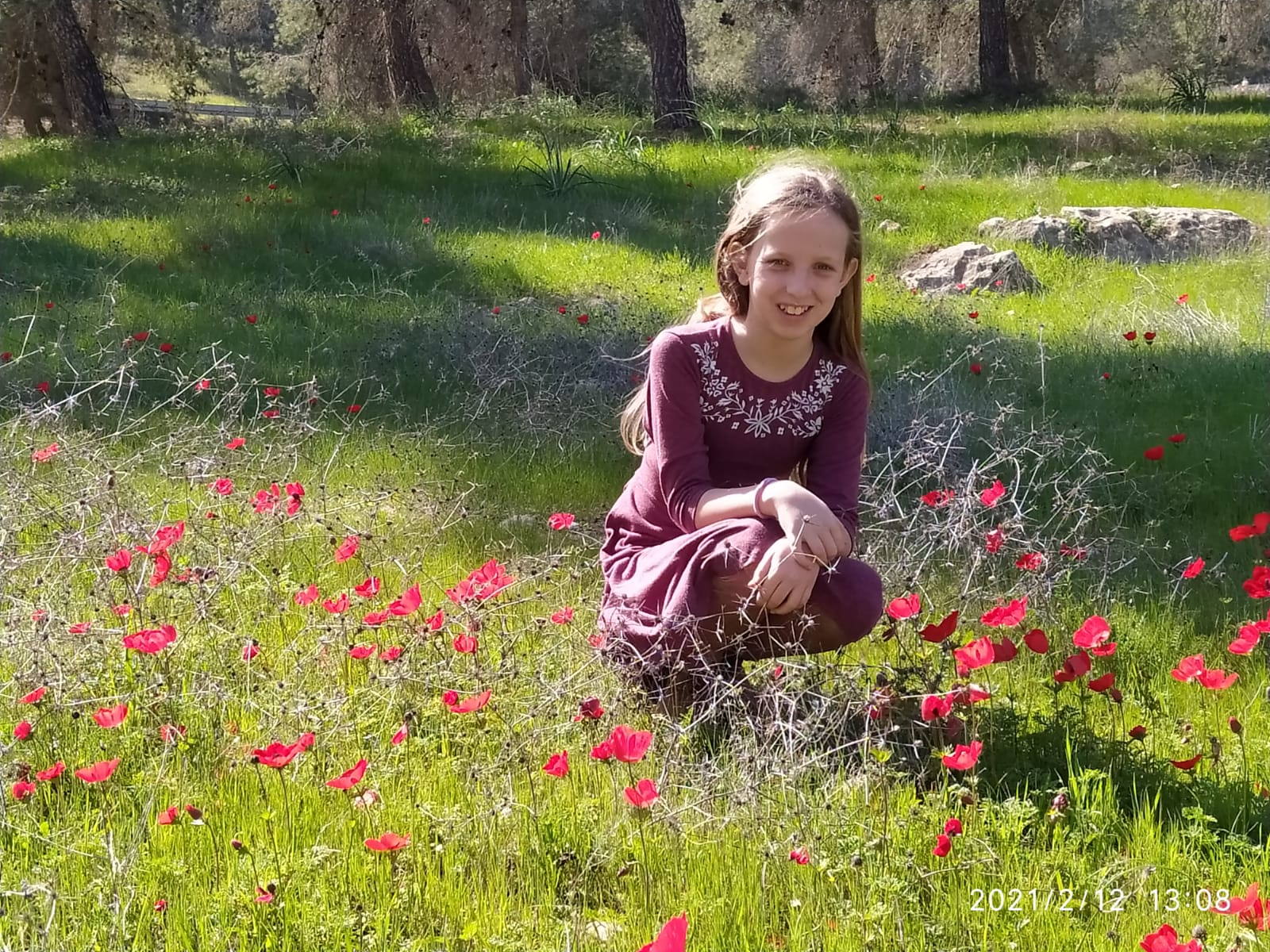מהם סימני טריפה בבהמה?
לימוד השבוע מוקדש ע”י טינה לם לע”נ יצחק מאיר בן הרב צבי אריה ואסתר בתיה.
רוצים להקדיש למידה? התחל כאן:
לימוד השבוע מוקדש ע”י טינה לם לע”נ יצחק מאיר בן הרב צבי אריה ואסתר בתיה.
העמקה
רוצה להבין מה באמת קורה מתחת לפני השטח של הסוגיה?
שיעורים, פודקאסטים והרחבות של מיטב המורות שלנו יפתחו לך עוד זוויות וכיווני חשיבה.
חדשה בלימוד הגמרא?
זה הדף הראשון שלך? איזו התרגשות עצומה! יש לנו בדיוק את התכנים והכלים שיעזרו לך לעשות את הצעדים הראשונים ללמידה בקצב וברמה שלך, כך תוכלי להרגיש בנוח גם בתוך הסוגיות המורכבות ומאתגרות.
פסיפס הלומדות שלנו
גלי את קהילת הלומדות שלנו, מגוון נשים, רקעים וסיפורים. כולן חלק מתנועה ומסע מרגש ועוצמתי.
חולין מב
מהו דתימא אם איתא דילדה קלא הוה ליה קא משמע לן אימר אפולי אפיל:
The Gemara answers: Lest you say: If it is so that his wife gave birth, it would have generated publicity and been common knowledge; therefore, one might conclude that the slaughter is valid even if he declared that the slaughter is for the sake of the burnt offering of his wife after childbirth, as in fact she did not give birth. To counter this, Rabbi Elazar teaches us that the slaughter is not valid. Say that his wife miscarried and is liable to bring an offering, but it is not common knowledge, because the baby was not born alive.
הדרן עלך השוחט
מתני׳ אלו טרפות בבהמה נקובת הוושט ופסוקת הגרגרת ניקב קרום של מוח ניקב הלב לבית חללו נשברה השדרה ונפסק החוט שלה ניטל הכבד ולא נשתייר הימנו כלום
MISHNA: These wounds constitute tereifot in an animal, rendering them prohibited for consumption: A perforated gullet, where the perforation goes through the wall of the gullet, or a cut windpipe. If the membrane of the brain was perforated, or if the heart was perforated to its chamber; if the spinal column was broken and its cord was cut; if the liver was removed and nothing remained of it, any of these render the animal a tereifa.
הריאה שניקבה או שחסרה ר”ש אומר עד שתינקב לבית הסמפונות ניקבה הקבה ניקבה המרה ניקבו הדקין הכרס הפנימית שניקבה או שנקרע רוב החיצונה רבי יהודה אומר הגדולה טפח והקטנה ברובה המסס ובית הכוסות שניקבו לחוץ
Additionally, a lung that was perforated or that was missing a piece renders the animal a tereifa. Rabbi Shimon says: It is not a tereifa unless it is perforated through to the bronchi. If the abomasum was perforated, or the gallbladder was perforated, or the small intestines were perforated, it is a tereifa. It is also a tereifa in a case where the internal rumen was perforated or where the majority of the external rumen was torn. Rabbi Yehuda says: For a large animal, a tear of one handbreadth renders it a tereifa, while for a small animal, it is a tereifa only if the majority of it was torn. And it is a tereifa where the omasum [hemses] or the reticulum was perforated to the outside, i.e., to the abdominal cavity, but not if the perforation was between the two.
נפלה מן הגג נשתברו רוב צלעותיה ודרוסת הזאב רבי יהודה אומר דרוסת הזאב בדקה ודרוסת ארי בגסה דרוסת הנץ בעוף הדק ודרוסת הגס בעוף הגס זה הכלל כל שאין כמוה חיה טרפה:
Likewise, if an animal fell from the roof, or if the majority of its ribs were fractured, or if it was clawed by a wolf, it is a tereifa. Rabbi Yehuda says: If it was clawed by a wolf in the case of a small animal, i.e., a sheep or goat; or clawed by a lion in the case of a large animal, i.e., cattle; or if it was clawed by a hawk in the case of a small bird; or if it was clawed by a large bird of prey in the case of a large bird, then it is a tereifa. This is the principle: Any animal that was injured such that an animal in a similar condition could not live for an extended period is a tereifa, the consumption of which is forbidden by Torah law.
גמ׳ א”ר שמעון בן לקיש רמז לטרפה מן התורה מנין מנין (שמות כב, ל) ובשר בשדה טרפה לא תאכלו אלא רמז לטרפה שאינה חיה מן התורה מנין דקתני סיפא זה הכלל כל שאין כמוה חיה טרפה מכלל דטרפה אינה חיה מנא לן
GEMARA: Rabbi Shimon ben Lakish says: Where is there an allusion in the Torah to the prohibition of a tereifa? The Gemara interjects: Where is there an allusion? Doesn’t the Torah state explicitly: “You shall not eat any flesh that is torn of animals [tereifa] in the field” (Exodus 22:30)? Rather, the question is: Where is there an allusion in the Torah to the principle that a tereifa cannot live? As the mishna teaches in the last clause: This is the principle: Any animal that was injured such that an animal in a similar condition could not live for an extended period is a tereifa; one learns by inference that a tereifa cannot live. If so, from where do we derive this?
דכתיב (ויקרא יא, ב) וזאת החיה אשר תאכלו חיה אכול שאינה חיה לא תיכול מכלל דטרפה לא חיה
It is derived from a verse, as it is written: “These are the living things which you may eat among all the animals that are on the earth” (Leviticus 11:2). The verse indicates that you may eat a living animal, i.e., one that can survive, but you may not eat an animal that is not living, i.e., one that cannot survive. One learns by inference that a tereifa cannot live.
ולמאן דאמר טרפה חיה מנ”ל נפקא ליה מזאת החיה אשר תאכלו זאת החיה אכול חיה אחרת לא תיכול מכלל דטרפה חיה
The Gemara asks: And according to the one who says that a tereifa can live, from where does he derive this? The Gemara responds: He derives it from the same verse: “These are the living things which you may eat among all the animals.” “These” indicates that you may eat only these living things, but you may not eat other living things, i.e., tereifot. One learns by inference that a tereifa can live.
ואידך האי זאת מאי עביד ליה מיבעי ליה לכדתנא דבי רבי ישמעאל דתנא דבי רבי ישמעאל זאת החיה אשר תאכלו מלמד שתפס הקב”ה מכל מין ומין והראה לו למשה ואמר לו זאת אכול וזאת לא תיכול
The Gemara asks: And according to the other opinion, that a tereifa cannot live, what does he do with this word “these”? The Gemara responds: He requires it for that which the school of Rabbi Yishmael taught. As the school of Rabbi Yishmael taught that the verse: “These are the living things which you may eat,” teaches that the Holy One, Blessed be He, seized one of each and every species of animal and showed it to Moses, and said to him: These you may eat, and these you may not eat.
ואידך נמי מבעי ליה לכדתנא דבי ר’ ישמעאל אין ה”נ אלא טרפה חיה מנא ליה נפקא ליה מאידך תנא דבי ר’ ישמעאל דתנא דבי ר’ ישמעאל (ויקרא יא, מז) בין החיה הנאכלת ובין החיה אשר לא תאכל אלו שמונה עשרה טרפות שנאמרו למשה מסיני
The Gemara objects: But the other opinion also requires the word “these” for that which the school of Rabbi Yishmael taught. The Gemara replies: Yes, it is indeed so. Rather, from where does he derive the principle that a tereifa can live? He derives it from the other baraita that the school of Rabbi Yishmael taught. As the school of Rabbi Yishmael taught: The verse states: “To make a difference…between the living thing that may be eaten and the living thing that may not be eaten” (Leviticus 11:47). These living things that may not be eaten are the eighteen tereifot that were stated to Moses at Sinai and enumerated in the mishna. The verse, then, makes reference to a tereifa as a living thing.
ותו ליכא והא איכא בסגר ושב שמעתתא
The Gemara questions the baraita: And are there no more cases of tereifot? But aren’t there more cases cited in the Mishna and other baraitot, for which a mnemonic is given: Beit, samekh, gimmel, reish; and aren’t there seven additional halakhot, i.e., cases of tereifot, taught by amora’im?
בשלמא לתנא דידן דתנא תנא ודשייר אתיא בזה הכלל אלא לתנא דבי ר’ ישמעאל דאמר י”ח טרפות ותו ליכא והא איכא בהמה שנחתכו רגליה מן הארכובה ולמעלה טרפה סבר ליה כרבי שמעון בן אלעזר דאמר יכולה היא ליכוות ולחיות
Granted, with regard to the tanna of our mishna, one can say that the cases of tereifot that he taught explicitly in the mishna, he taught, and that any case that he omitted comes under the general statement beginning: This is the principle. But with regard to the tanna of the school of Rabbi Yishmael, who said: Eighteen tereifot, one must ask: And are there no more cases of tereifot? But aren’t there the four cases represented by the mnemonic beit, samekh, gimmel, reish, the first of which is taught in a mishna (76a): An animal whose hind legs were severed from the leg joint and above is a tereifa? The Gemara responds: The tanna of the school of Rabbi Yishmael holds in accordance with the opinion of Rabbi Shimon ben Elazar, who says: The severed leg can be cauterized and the animal will live. Therefore, such a wound does not render the animal a tereifa.
אע”ג דיכולה ליכוות ולחיות למאן קאמר לתנא דבי רבי ישמעאל תנא דבי ר’ ישמעאל טרפה חיה ס”ל אלא סבר לה כר”ש בן אלעזר דאמר כשרה היא
The Gemara objects: But even if one holds that the severed leg can be cauterized and the animal will live, this does not mean that the animal is not a tereifa. According to whom is the question: But aren’t there the cases of beit, samekh, gimmel, reish, stated? It is stated according to the tanna of the school of Rabbi Yishmael, who holds that there are only eighteen tereifot. But the tanna of the school of Rabbi Yishmael maintains that a tereifa can live. If so, the fact that the animal can live if the stump of its severed limb is cauterized is immaterial to whether it is a tereifa. Rather, say that the tanna holds in accordance with the opinion of Rabbi Shimon ben Elazar insofar as he says that an animal with a severed leg is kosher. Yet, he disagrees with the claim that the reason is because the animal can survive.
והאיכא חסרון בשדרה דתנן כמה חסרון בשדרה בש”א שתי חוליות וב”ה אומרים חוליא אחת ואמר רב יהודה אמר שמואל וכן לטרפה
The Gemara objects: But isn’t there the case of a deficiency in the spine? As we learned in a mishna (Oholot 2:3): How much is considered a deficiency in the spine of a corpse so that it will not be considered a full corpse to impart impurity in a tent? Beit Shammai say: Two missing vertebrae, and Beit Hillel say: One vertebra. And Rav Yehuda says that Shmuel says: Just as Beit Shammai and Beit Hillel disagree with regard to ritual impurity, so too they disagree with regard to a tereifa, i.e., according to Beit Hillel an animal missing only one vertebra is a tereifa. This is not included in the count of Rabbi Yishmael.
המסס ובית הכוסות דקא חשבת להו בתרתי חשבינהו בחדא אפיק חדא ועייל חדא
The Gemara responds: The omasum or the reticulum that were perforated on their outer walls, which you count as two separate cases, should be counted as one case. Accordingly, one case has been removed from the count of eighteen tereifot and one case has been inserted, i.e., the case of a deficiency in the spine, and there are still only eighteen cases.
והאיכא גלודה סבר לה כר”מ דמכשיר
The Gemara asks: But isn’t there the case of the tereifa mentioned in the mishna on 54a of an animal whose hide was removed? The Gemara responds: The tanna of the school of Rabbi Yishmael holds in accordance with the opinion of Rabbi Meir, who deems such an animal kosher.
והא איכא חרותא מרה מאן קתני לה ר’ יוסי ברבי יהודה אפיק מרה ועייל חרותא
The Gemara asks: But isn’t there also the case of an animal that is a tereifa because of a shriveled lung? The Gemara responds: The mishna states that a perforated gallbladder renders the animal a tereifa; but who teaches this? Rabbi Yosei, son of Rabbi Yehuda, teaches this. Therefore, the tanna removed the gallbladder from the list, since it is only the opinion of an individual, and inserted a shriveled lung.
והאיכא שב שמעתתא דאמר רב מתנא האי בוקא דאטמא דשף מדוכתיה טרפה ואמר רכיש בר פפא משמיה דרב לקתה בכוליא אחת טרפה ותנן ניטל הטחול כשרה ואמר רב עוירא משמיה דרבא לא שנו אלא ניטל אבל ניקב טרפה
The Gemara asks: But aren’t there the seven additional halakhot, i.e., cases of tereifot, taught by amora’im? The Gemara enumerates the seven halakhot: As Rav Mattana says: This head of the femur that was completely dislocated renders the animal a tereifa. And Rakhish bar Pappa says in the name of Rav: If the animal was diseased even in one kidney, it is a tereifa. And we learned in a mishna (54a) that if the spleen was removed the animal is kosher, and with regard to this mishna, Rav Avira says in the name of Rava: They taught this only when the spleen was removed; but if it was perforated, the animal is a tereifa.
ואמר רבה בר בר חנה אמר שמואל סימנים שנדלדלו ברובן טרפה ואמר רבה בר רב שילא אמר רב מתנא אמר שמואל נעקרה צלע מעיקרה טרפה וגולגולת שנחבסה ברובה ובשר החופה את רוב הכרס ברובו טרפה
The Gemara continues: And Rabba bar bar Ḥana says that Shmuel says: If the two organs that must be severed in ritual slaughter [simanim], i.e., the windpipe and the gullet, were mostly detached, the animal is a tereifa. And Rabba bar Rav Sheila says that Rav Mattana says that Shmuel says: If a rib was torn out from its root, along with half of the attached vertebra, the animal is a tereifa; and a skull that was mostly crushed, even if the membranes are intact, renders the animal a tereifa; and if a majority of the flesh that envelops the majority of the rumen was torn, the animal is a tereifa.
נקובי תמניא הוו חשבינהו בחד אפיק שב ועייל שב
The Gemara responds: There are eight cases of perforated organs mentioned in the mishna that render an animal a tereifa. The tanna of the school of Rabbi Yishmael counts them all as one case. Accordingly, he removed seven cases from the count of eighteen and inserted these seven halakhot.
אי הכי פסוקי נמי תרי הוו חשבינהו בחד בצר להו חדא ועוד דרב עוירא משמיה דרבא נמי נקובה היא
The Gemara challenges: If so, since there are also two cases of cut organs in the mishna, the spinal cord and the windpipe, let the tanna count them as one. The count of tereifot then falls one short of eighteen. And furthermore, if all the cases of perforated organs are counted as one, then one cannot insert the case taught by Rav Avira in the name of Rava, i.e., that of a perforated spleen, since it is also a case of a perforated organ. If so, the count falls two short of eighteen.



















